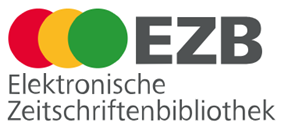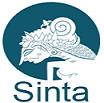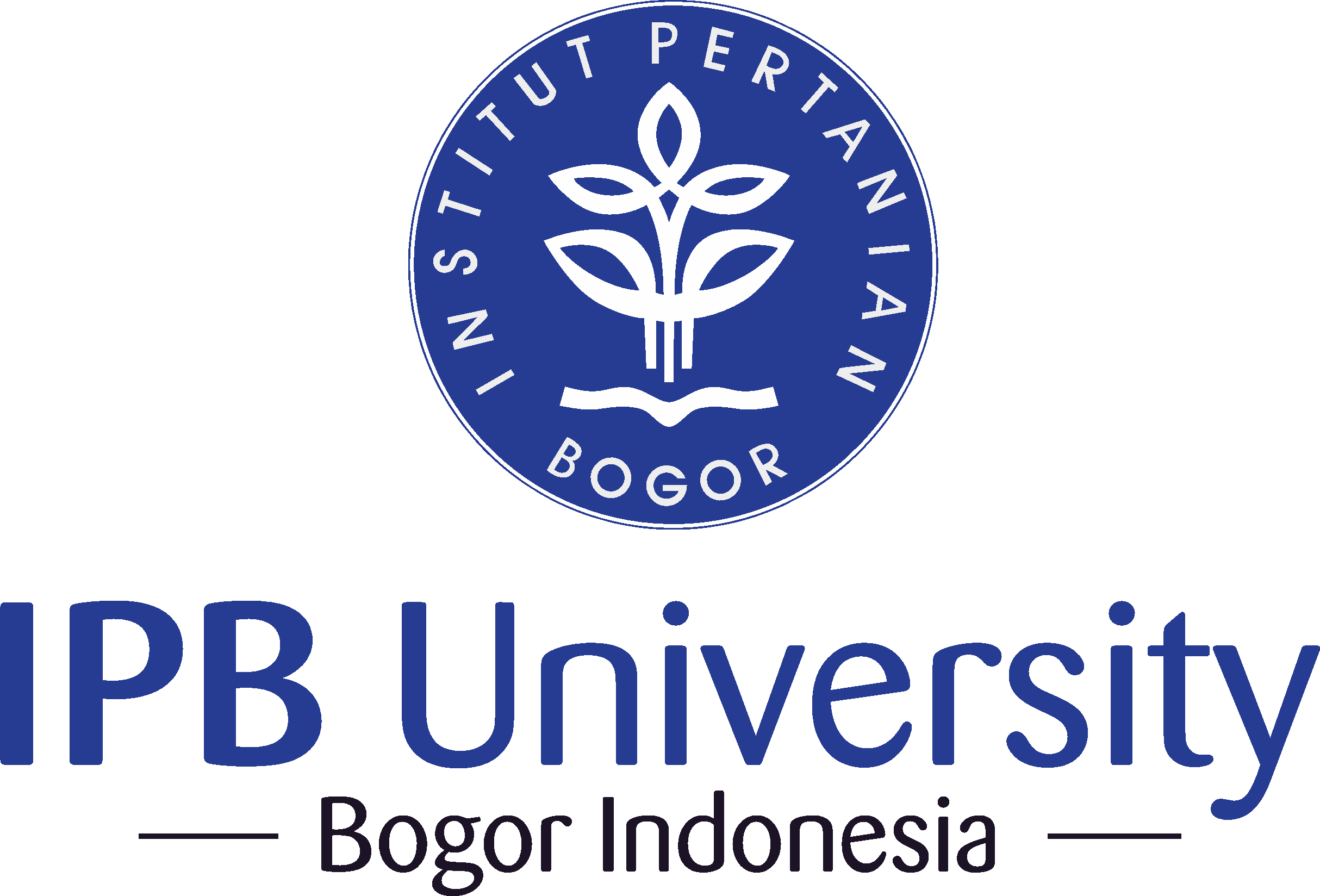Ecotoxicological Assessment of Aquatic Genotoxicity Using the Comet Assay
Abstract
Comet assay is a novel biological analysis, which is a sensitive, flexible, simple, rapid, and inexpensive method to assess aquatic genotoxicant. Since Singh and co-workers developed the method in 1988, its use has increased exponentially in various fields. This review discourses on the application of this assay in aquatic ecosystems. Various types of cells from various aquatic organisms have been tested by various genotoxicant both direct- and indirect-acting using the comet assay. The applications of this assay suggest that it is a useful assay to assess aquatic genotoxicants. However, there are some factors, which should be taken into account when using this assay as aquatic ecotoxicological assessment device such as inter-animal and cell variability.Key words: comet assay, aquatic genotoxicant, aquatic organism, ecotoxicological assesment
Downloads
HAYATI J Biosci is an open access journal and the article's license is CC-BY-NC. This license lets others distribute, remix, tweak, and build upon author's work, as long as they credit the original creation. Authors retain copyright and grant the journal/publisher non exclusive publishing rights with the work simultaneously licensed under a https://creativecommons.org/


















.png) IPB University
IPB University Department of Biology
Department of Biology The Indonesian Biological Society
The Indonesian Biological Society 

